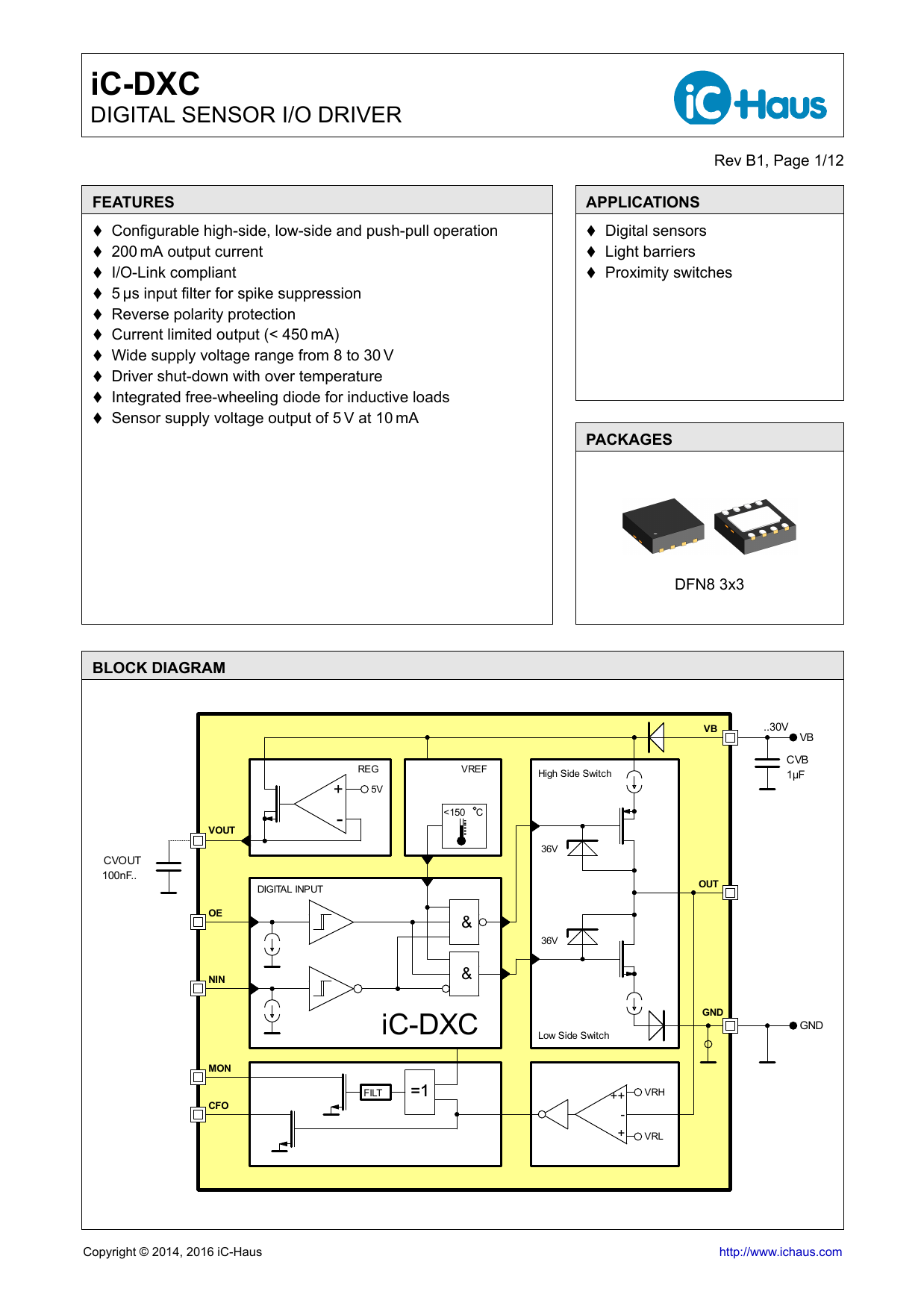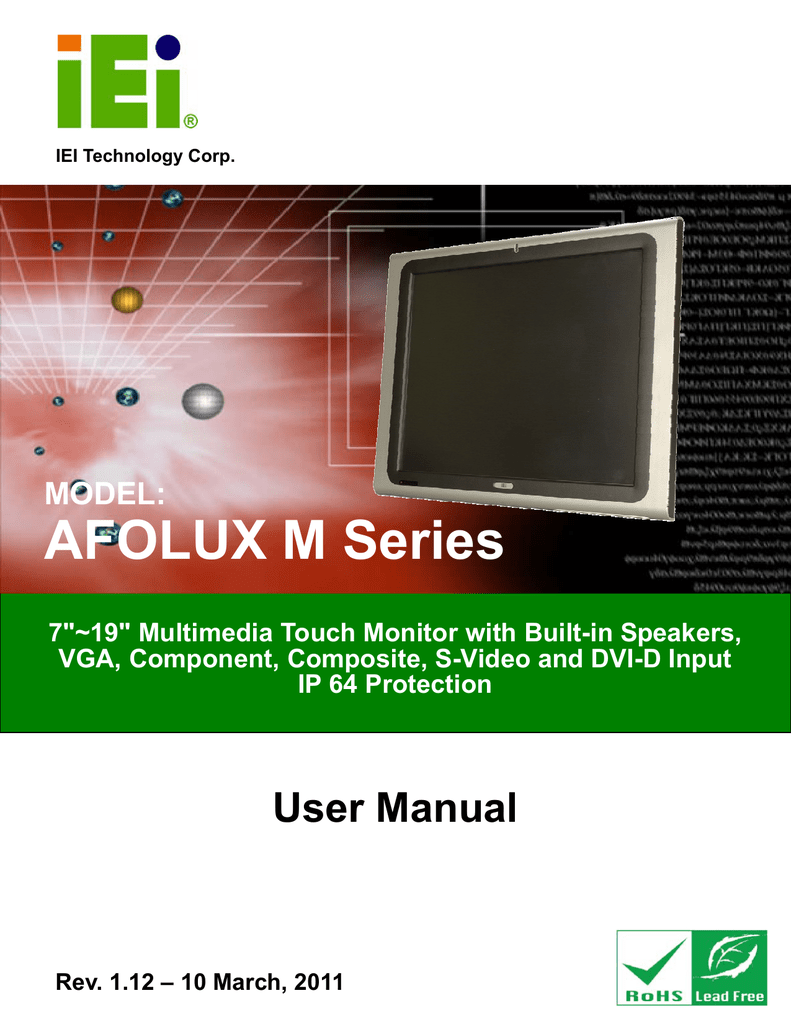The 634 Intelligent Serial Display from Crystalfontz has been chosen for development. This device is compatible with the LCDproc display driver. Keypad and Remote Control Interface. The primary human input device is a small custom-designed keypad for direct connection to the PC's (PS/2 style) keyboard socket. Supporting Pen and Touch Input.; 2 minutes to read; In this article. Tablet PC users rely on pen and touch input as primary methods of controlling applications and entering information. This section discusses the use of pen and touch input as substitutes for traditional pointing devices, such as the mouse. If you want to use them as standalone applications, please set up your audio device first. Here we use the Focusrite Scarlett 2i2 interface as an example. Launch the software you'd like to use, click the settings icon and then 'Audio Settings.' If you're using Windows, we strongly suggest using ASIO driver for 'Audio Device Type'. Bluetooth Software - Broadcom.

This document explains the terminology, concepts, architecture, and basic mechanisms of the I/O Kit, Apple’s object-oriented framework for developing device drivers for OS X. It contains essential background information for anyone wanting to create device drivers for this platform.

Who Should Read This Document?
There are two general types of I/O Kit developers, and this document tries to be useful to both. The first type is the developer creating a device driver that is to be resident in the kernel; the second type is the application developer who is using an I/O Kit device interface to communicate with hardware. Drivers safa media mobile phones & portable devices wireless. Some chapters contain information useful to both types of developers, and others contain information that is of interest only to writers of kernel-resident drivers.
Obviously there are things I/O Kit Fundamentals does not cover. It does not, for example, describe the use of the development tools or the use of specific driver programming interfaces. But it does help you to understand the hows and whys of the I/O Kit, enabling you to obtain the most value from the more specific documentation and examples.
Organization of This Document
I/O Kit Fundamentals gives a broad, conceptual description of the I/O Kit and device-driver development on OS X. It contains the following chapters:
Describes the features and benefits of the I/O Kit, and also discusses the philosophy and decisions informing its design.
Gives a high-level description of the I/O Kit’s architecture, essential concepts, and basic mechanisms.
Describes the I/O Registry, a dynamic database capturing the client/provider relationships among active driver objects.
Explains the matching process by which the most appropriate client drivers are found for registered providers. It also summarizes the procedure processes in user space follow to find suitable devices and their drivers.
Describes the base classes that each driver object directly or indirectly inherits from. It includes discussions of object construction and disposal, driver objects as I/O Registry entries, and the driver life cycle.
Explains the architecture and usage of work loops and event sources, mechanisms that the I/O Kit uses to process events such as interrupts and I/O requests in a protected single-threaded environment.
Describes how to use memory cursors, memory descriptors, and related objects to handle I/O transfers. It also discusses how drivers should deal with hardware constraints, such as those imposed by DMA engines.
Explains the concepts of OS X power management and describes different ways drivers can power-manage their devices.
Explains how to respond to device removal (hot-swapping). Drivers power state failure.
Displays a class hierarchy chart for each family and provides family-specific information that might differ from generic I/O Kit information.
Provides a class hierarchy chart for all I/O Kit classes that are not members of a specific family.
Lists changes to this document.
Lists additional sources for information on OS X and related topics.
Defines key terms used in this document.
See Also
Once you’ve absorbed the information in I/O Kit Fundamentals, you should be able to forge ahead and actually create a device driver. Apple provides several documents and other sources of information to help you with your efforts:
Pan Jit Input Devices Driver Updater
IOKit Device Driver Design Guidelines describes the general steps required to design, code, debug, and build a device driver that will be resident in the kernel.
Accessing Hardware From Applications discusses how to use the I/O Kit’s “device interface” feature; it also includes information on serial and storage I/O via BSD device files.
Kernel Extension Programming Topics contains a collection of tutorials that introduce you to the development tools and take you through the steps required to create, debug, and package kernel extensions and I/O Kit drivers (a type of kernel extension). It also includes information on other aspects of kernel extensions.
Kernel Programming Guide provides an overview of the architecture and components of the OS X kernel environment (Mach, BSD, networking, file systems, I/O Kit). All developers who intend to program in the kernel (including device-driver writers) should read this document.
Mac Technology Overview provides an introduction to OS X as a whole, which is useful for developers new to the platform.

Of course, you can always browse the header files shipped with the I/O Kit, which are installed in Kernel.framework/Headers/iokit (kernel-resident) and IOKit.framework/Headers (device interface).)
You can also view developer documentation in Xcode. To do this, select Help from the Xcode menu and then click Show Documentation Window.
You can browse the BSD man pages for more information on BSD and POSIX APIs in two ways: You can type manfunction_name in a Terminal window (for example, man gdb) or you can view an HTML version at OS X Man Pages.
If you're ready to develop a universal binary version of a device driver to run in an Intel-based Macintosh, first read Universal Binary Programming Guidelines, Second Edition. Then, see IOKit Device Driver Design Guidelines for an overview of issues of particular interest to device driver developers. Related information that is specific to a particular device type is available in the documents listed at Hardware & Drivers Documentation.
Download Silicon Motion webcam drivers or install DriverPack Solution software for driver scan and update. USB Video Device. WebCam SC-13HDL10B31N. Silicon motion input devices driver download. Silicon Motion Cougar3DR: Silicon Motion Lyn (SML) Graphics V5.00.2195.0196: Silicon Motion Lynx: Silicon Motion Lynx3D: Silicon Motion Lynx3DM: Silicon Motion Lynx3DM Family: Silicon Motion LynxE: Silicon Motion LynxEM: Silicon Motion LynxEM+: Silicon Motion SM501 Voyager GX: Silicon VGA Driver version 6.: SMI910 VGA Driver: Version. Download Silicon Motion drivers or install DriverPack Solution software for driver scan and update. Download drivers for Silicon Motion devices for free.
Apple maintains several websites where developers can go for general and technical information on OS X.

Apple Developer Connection Reference Library (http://developer.apple.com/referencelibrary/index.html) contains a comprehensive collection of technical resources, including documentation, sample code, and Technical Notes.
Apple Developer Connection: OS X (http://developer.apple.com/devcenter/macosx) offers SDKs, release notes, product notes and news, and other resources and information related to OS X.
The AppleCare Support site (http://www.apple.com/support) provides a search feature that enables you to locate technical articles, manuals, specifications, and discussions on OS X and other areas.
Pan Jit Input Devices Driver Download
Pan Jit Input Devices Driver
Copyright © 2001, 2014 Apple Inc. All Rights Reserved. Terms of Use | Privacy Policy | Updated: 2014-04-09
